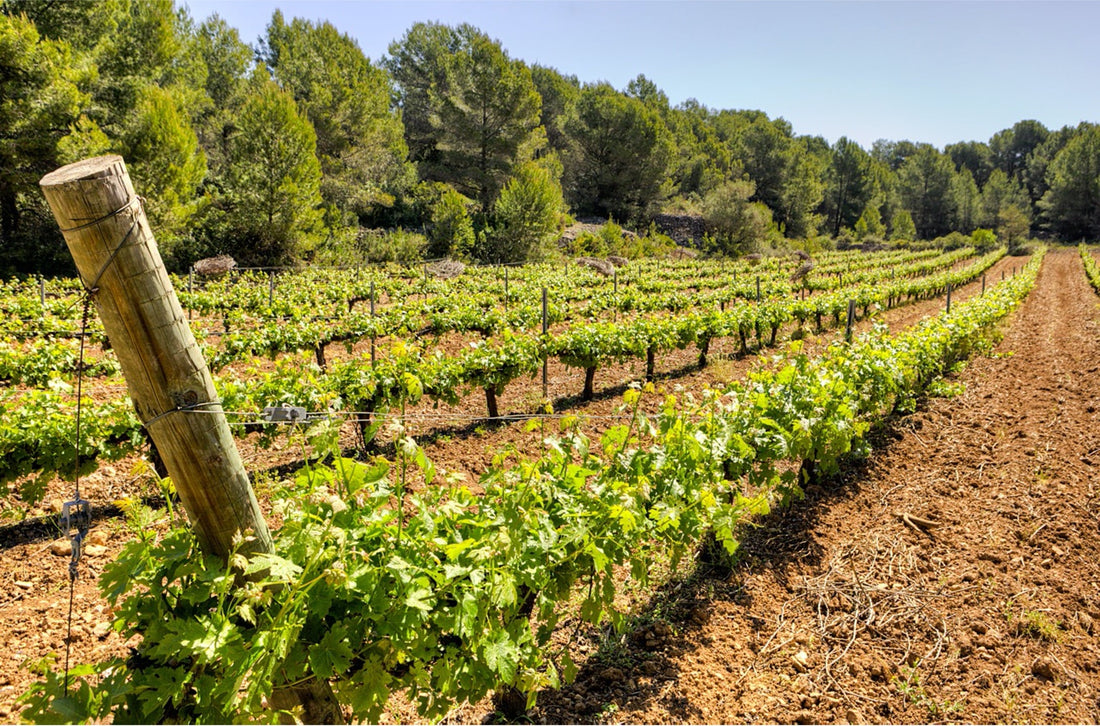A Brief History of Rioja Wine
Rioja, Spain’s most famous wine region, has a winemaking tradition that dates back to Roman times. The region saw major advancements in the 19th century, influenced by Bordeaux winemakers who introduced French oak aging. Rioja was the first Spanish region to receive DOCa status (Denominación de Origen Calificada), a recognition of its superior quality and aging potential.
Common Grapes Grown in Rioja
- Tempranillo – The flagship red grape, known for flavors of red cherry, plum, tobacco, and spice.
- Garnacha (Grenache) – Adds body, warmth, and ripe fruit flavors.
- Graciano & Mazuelo – Used in blends for added structure and aromatics.
- Viura (Macabeo) – The dominant white grape, producing fresh, floral, and occasionally oak-aged wines.
Winemaking Techniques in Rioja
- Aging classifications:
- Joven – Young, fruit-forward wines with minimal aging.
- Crianza – Aged at least 1 year in oak, offering balance and spice.
- Reserva – Aged at least 3 years (1+ year in oak), with more complexity.
- Gran Reserva – Aged 5+ years, with extended oak influence and elegance.
- American vs. French oak – Traditionally, Rioja wines were aged in American oak, imparting vanilla and coconut flavors, while modern producers now use French oak for a subtler touch.
Food Pairings with Rioja Wines
- Tempranillo-based Rioja wines – Pair well with roast lamb, grilled meats, and Manchego cheese.
- Crianza Rioja – Ideal for tapas, chorizo, and stuffed peppers.
- Reserva & Gran Reserva – Perfect with slow-cooked stews, truffle dishes, and cured meats.
- White Rioja (Viura-based) – Matches beautifully with grilled fish, shellfish, and creamy pasta dishes.
Rioja’s combination of age-worthy reds and refreshing whites makes it one of the most versatile and food-friendly wine regions in the world.

